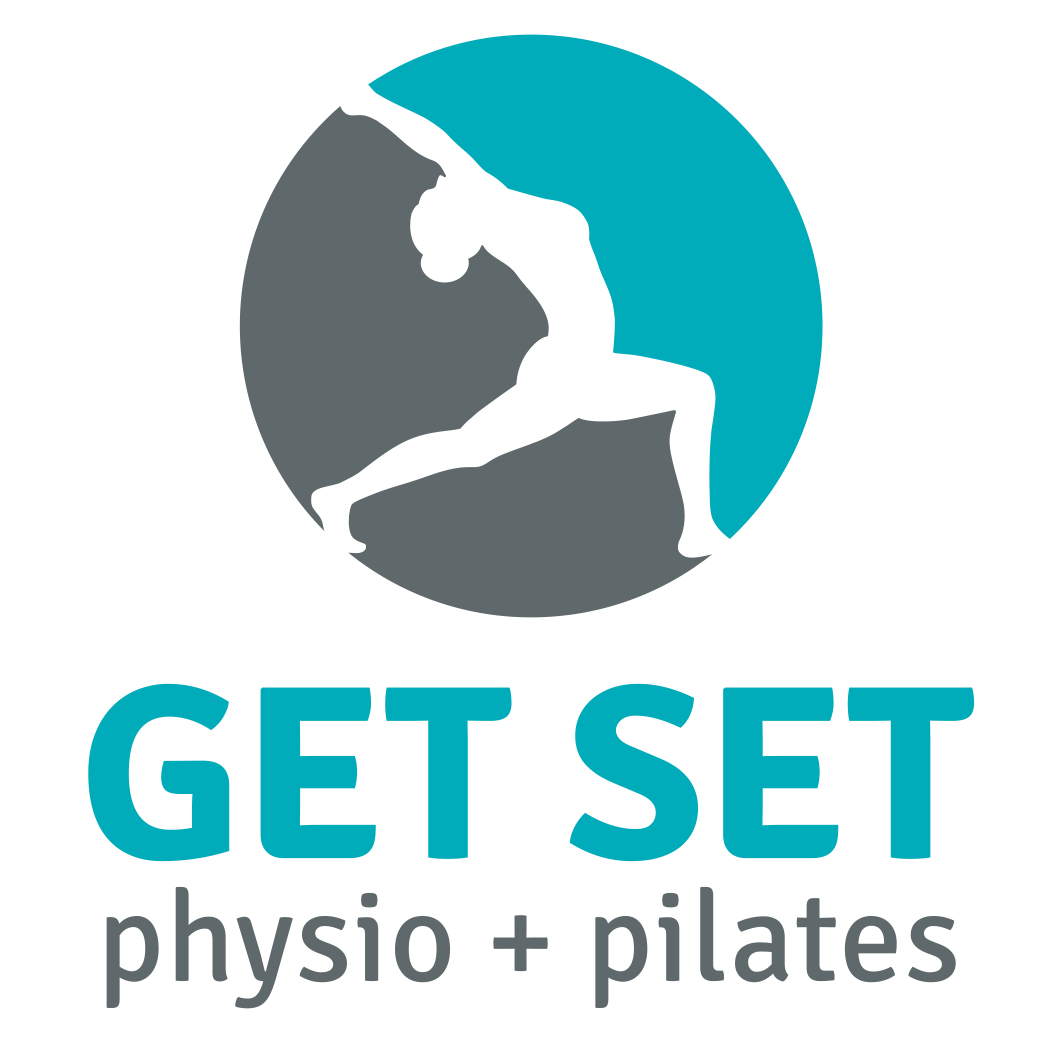Dry needling is a treatment modality used by suitably trained physiotherapists to assist with pain, tightness and function. Dry needling treats muscle tissue, and its goal is to reduce pain, inactivate trigger points and restore function. Dry needling is different from acupuncture in a number of ways. Acupuncture is based on traditional Chinese medicine and energy channels and needles are often left in place for a certain amount of time. Dry needling uses the same fine needles, however needles are often inserted and moved slightly aiming to achieve a small muscle twitch which usually results in a reflex relaxation of the muscle.
Advantages of Dry Needling
Dry needling can be an effective treatment tool to decrease pain and tightness in muscles. The advantage is that it gets deeper into the muscle layer than massage alone. This muscle may be as deep as 6cm down, and obviously, our hands cannot reach this area from above.
FAQ:
What will I experience?
The actual inserting of the needle does not hurt—these needles are very thin. Sometimes the muscle will twitch when put in, and it can feel sore if that happens. You usually will feel a little muscle ache or soreness for a day or two. This is very short-lasting, and patients soon learn to recognise this sensation as therapeutic as it is followed by a feeling of pain relief and muscle relaxation.
Are there any side effects?
The most common side effect is temporary muscle soreness after the treatment. This typically lasts for a day or two, and your Physiotherapist will instruct you on how to minimise this. There are other less common side effects such as bruising. If you have any questions about side effects, please discuss this with your Physiotherapist.
How does Dry Needling help?
Dry Needling helps to reduce pressure on the nerve by releasing muscle shortening. It is now well researched that the ‘twitch’ response in the muscle during dry needling is associated with the muscle relaxing and stopping the pull on adjacent areas.
How often will I need treatment?
Treatments are typically once a week, to allow enough recovery time between treatment sessions. However, this can vary. The number of treatments you will require will depend on many things, such as:
How long you have had your problem
The extent of your problem
How long it takes to address the contributing factors
How quickly your body can heal
Are there any contraindications to Dry Needling?
Prior to treatment please inform your Physiotherapist if you are pregnant, or have any of the following:
Metal allergies
Implants
Axillary or inguinal node dissection
Joint replacements
Needle phobia
If you are interested in this technique or have any further questions,
Contact us today on 9841 5777 or book an appointment today online!

